My reading this month has largely fallen into three categories: thrillers, nonfiction (inspirational or educational), and children’s literature. Today’s reviews reflect this particular variety, and all but one of these five books was a winner.
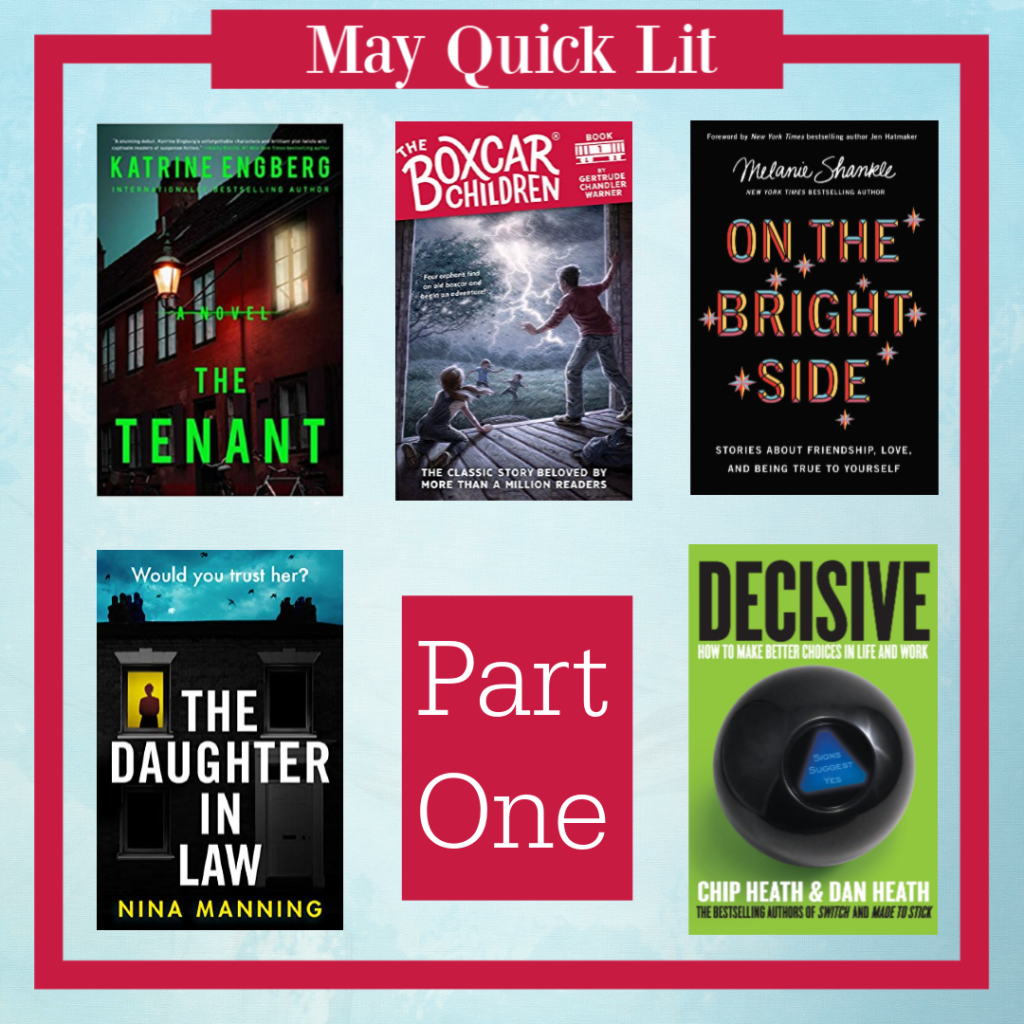
The Tenant, by Katrine Engberg: Jeppe Korner and Anette Werner are an oddly matched pair of Copenhagen police detectives whose most recent case involves the brutal murder of a woman who was found dead in her home, an intricate pattern carved into her face. The victim is Julie Stender, a young woman with a complicated past. As the investigation unfolds, Korner and Werner discover that Stender’s death is an exact replica of a murder described in the book of Stender’s alcoholic landlady, Esther de Laurenti. The two women are clearly connected, but is Esther guilty of murder, or is she, too, the victim of someone set on using Esther’s own novel against her?
This terrifying thriller is graphic but engrossing, with nuanced characters and a beguiling mystery. The novel didn’t grab my attention right away, but after a few chapters, I was hooked. I enjoyed the mix of police procedural with some of the more personal elements of domestic suspense. Though the book was translated from its original Danish, the writing is vivid and occasionally humorous—quite remarkable for a debut novel.
The crimes in this book are dark and deeply unsettling, so I wouldn’t recommend this for the squeamish reader, but if you’re after a fast-moving mystery with literary undertones (think Robert Galbraith or Tana French), this book is for you.
My Rating: 4 Stars.

Decisive: How to Make Better Choices in Life and Work, by Chip and Dan Heath: Decision-making is part of being a human; unfortunately, many of the decisions we make (both big and small) are not the best ones, largely because our decision-making process is flawed. A major reason for this is that we are quick to jump to conclusions, placing too much weight on the information that’s right in front of us while failing to consider the information that’s just offstage. We also rely on outdated and ineffective methods of decision-making, such as going with our intuition or making pro/con lists. In Decisive, Chip and Dan Heath help us learn to make better decisions by identifying four villains of decision making: defining our choices too narrowly; confirmation bias; making decisions based on short-term emotions; and overconfidence in our decisions.
To counter these decision-making stumbling blocks, the Heaths outline the WRAP method with four strategies to protect from bias: Widen your options; Reality-Test your assumptions; Attain distance before deciding; and Prepare to be wrong. In fascinating chapters dedicated to these strategies, the authors share case studies of personal and company-level decisions gone wrong as well as instances where implementing proper decision-making methods has been effective.
This book is a delightful blend of self-help and pop psychology, combining useful strategies (such as those found in The Next Right Thing and Don’t Overthink It) with the types of counterintuitive sociological/psychological insights found in books by Malcolm Gladwell and the duo from Freakonomics. The effect is a book that is educational AND entertaining. I particularly enjoyed the company case studies and the detailed recaps at the end of each chapter.
My Rating: 4 Stars.
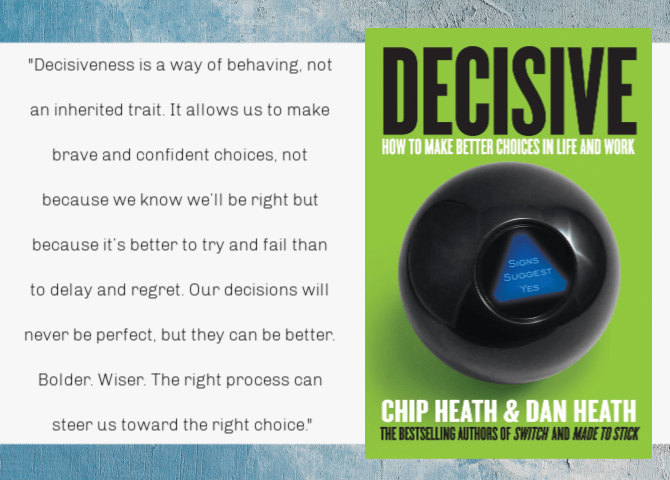
The Daughter-in-Law, by Nina Manning: As a single mother, Annie has always been very close to her son, Ben. So when Ben brings home his beautiful new wife, Daisy, Annie is quick to dismiss the woman who is “stealing her son” from her. And Annie might be forgiven for her distrust of this woman, who married Ben shortly after they’d met and who is already five months pregnant with Annie’s grandchild. But it soon becomes apparent that Annie isn’t very trustworthy herself. When disaster strikes for Daisy and Ben, they are forced to move into Annie’s remote home. Then Ben goes missing and tension mounts between the two women who love him. Both are hiding secrets and it seems that neither woman can be trusted.
This book has all the makings of an excellent psychological thriller: a chilling premise, untrustworthy characters, a mysterious third narrator, a haunting setting. . . . Unfortunately, the “plot twist” is a familiar one that I was able to identify early in the book, making for a rather anticlimactic read. I found the dysfunctional relationships too over-the-top to be believable, and the writing is repetitive and emotionally manipulative. On a positive note, the book is fast-paced and a definite page turner, but not enough to make it stand out in a sea of better composed thrillers.
My Rating: 2.5 Stars.
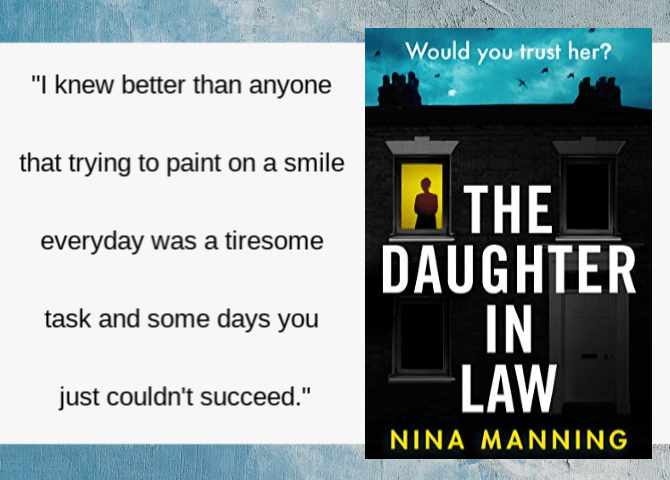
On the Bright Side: Stories About Friendship, Love, and Being Your True Self, by Melanie Shankle: I’ve become a huge fan of Melanie Shankle in the past few years. I adore all of her books and look forward to hearing from her and Sophie on their weekly podcast. So of course I’ve been eagerly anticipating the release of her new book. . . but none of us could have anticipated that it would release at such an opportune time. A book about finding the bright side in life, during a time when we are all desperately craving positivity? Sign me up!
Like all of her books, this one consists of humorous essays built around stories from Melanie’s life as a forty-something wife, mom of one daughter, and Christian. Melanie’s reflections on marriage, motherhood, friendship, technology, and sweat pants are hilarious yet entirely relatable. Having followed Melanie so closely, a lot of these stories were repeats, but they are still enjoyable and felt mostly fresh thanks to Melanie’s quirky and colorful commentaries.
Many of the essays are purely lighthearted while some dig deeper into faith and harder things, like dealing with comparisons and coping with life’s curveballs. I love Melanie’s ability to keep me laughing while dropping poignant insights along the way. Every chapter is uplifting and drama-free, exactly what we all need right now.
My Rating: 4 Stars.
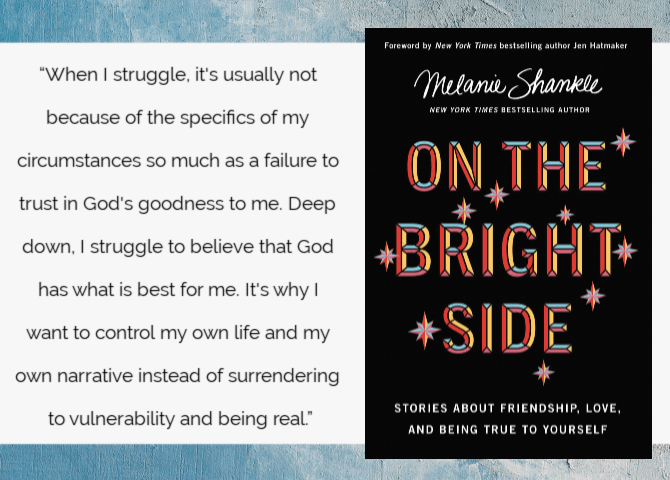
The Boxcar Children, by Gertrude Chandler Warner: This series was a favorite of mine in childhood and I’ve spend the past five years looking forward to the day I could begin reading them with Charleston. With the libraries currently closed, I’ve been thankful that Charleston has started to show interest in chapter books (which I could borrow digitally!) and decided now was the time to introduce him to Benny and the rest of the Alden family.
In this first book of the series, Benny, Violet, Jessie, and Henry are orphaned siblings who make their home in an abandoned boxcar. As a child I hadn’t realized how dated this story is; it was originally published in 1924 and contains many unusual phrases, stereotypes, and even material that might be considered inappropriate today, such as grandfather’s love for “little boys”. What I remembered most of these books was the siblings’ resourcefulness and sweet familial dynamic, and those traits stood out even more with this reading. The book’s slower pace and detailed descriptions provided a nice change from the humor-heavy, somewhat irreverent titles that are more popular today. And while the Alden children are a little too perfect, and their plight is wildly unrealistic, their story is a sweet and wholesome one that I was glad to be able to share with my child.
Somewhat to my surprise, Charleston loved the book. He especially liked the character of Benny (though he thought Benny acted too babyish for a 6-year-old) and was intrigued by the notion of children running away from someone who loved them. (This paved the way for some fruitful discussions.) We are excited to continue the series and have already begun Book Two.
Growing up, we had a Boxcar Children cookbook featuring recipes from the series, so I was tickled every time we came across descriptions of food in this book—and there are many of them! My mom still has that cookbook and I hope to cook some of the recipes with Charleston.
My Rating: 4 Stars.
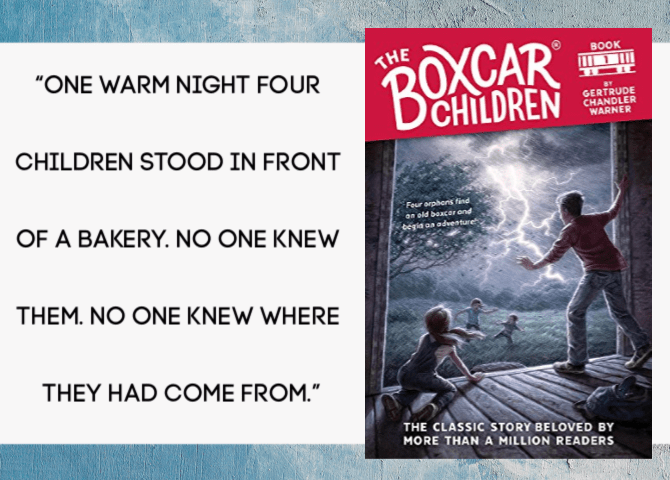
Have you read any of these books? I’d love to hear your thoughts!